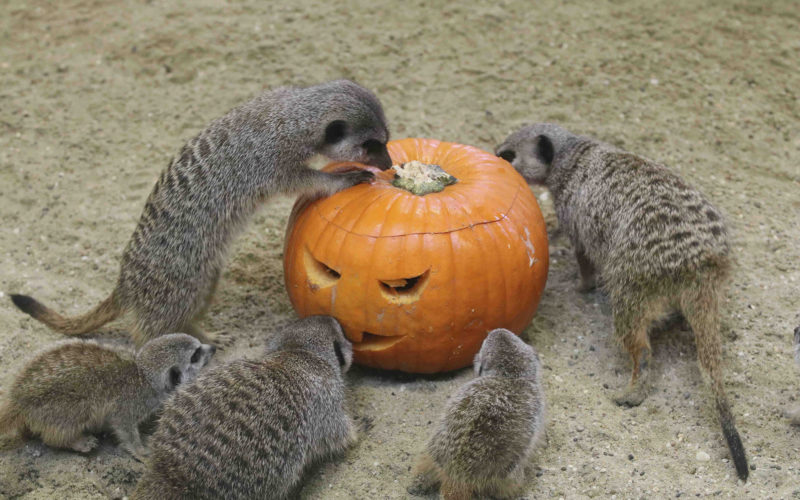Halloween is opportunity to make a difference
AMANDA BANCROFT
Making Ripples
Halloween is just more than two weeks away. Odd though it may seem, the celebration of creepy costumes and candy offers myriad ways to make a difference. Cultural appreciation, reverse trick-or-treating and upcycled decorations are just a few ways to haunt this holiday with love.
Imagine how scary it could really be if you lose your job because of a costume some people found offensive! What about the fear of having your culture’s sacred garb disrespected as a cheap getup that encourages misconceptions people have about you year-round?
Avoid cultural appropriation by wearing costumes that represent your own culture or nonhuman outfits such as monsters, objects or insects. But does this mean we zap ourselves into a sort of dystopia and carry around identification cards with genetic test results to make sure we all eat, dress and act according to our race (which can’t be objectively defined anyway)? Not if we lead with love and discretion. The world is becoming increasingly full of “global citizens” – those from mixed ancestry, or who spend significant time in a foreign culture, or who have dual citizenship, or who are adopted, or those who live in biracial families (to name a few examples). Current and future generations of individuals with mixed backgrounds will not easily fit into categories of identity used in the past (hurray!) and a person’s DNA doesn’t determine what’s meaningful to them.
Culture is being shared all the time, but those alive today, and the future-majority mixed-background children celebrating Halloweens of tomorrow, need the freedom of respectful consensual sharing as much as we need consensual sex instead of rape. People worldwide can choose not to oppress or appropriate, but authentically appreciate other cultures, and stop judging those who appreciate other cultures, all simultaneously.
Reverse trick-or-treating is the same as regular trick-or-treating, with a twist at the end: The trick-or-treater gives a sample of fair trade chocolate to each house, along with a postcard or information about child slavery and environmental damage arising from certain wings within the chocolate and sugar industries. The sample is a free way for the neighborhood to try out fair trade products, and with any luck, the fair trade market will grow (and become increasingly monitored for abuses of its own). Some cacao farmers have never had the privilege of tasting the finished chocolate products! And while we speak of slavery as a past horror, it is still a scary reality for people who are literal slaves physically forced, under threat of violence, to labor for free to make treats for us.
Decorations are often reused year after year, but sometimes they are discarded quickly. If you make your own using recycled materials, it can be a fun family craft project and keep objects out of the landfill. Or create something edible to be eaten later at the party, such as popcorn balls hung from strings. You could use natural ingredients even if the decorations can’t be eaten. Our family made dough-based spooky ornaments portraying a pumpkin, ghost, cat and other symbols of the season. These are just a few ideas, but if you let love lead, you’ll find ideas of your own to celebrate Halloween in a way that makes ripples!
Amanda Bancroft is a writer, artist, and naturalist living in an off-grid tiny house on Kessler Mountain. She and her husband Ryan blog about their adventures and offer tips to those wanting to make a difference at www.MakeRipples.org.










